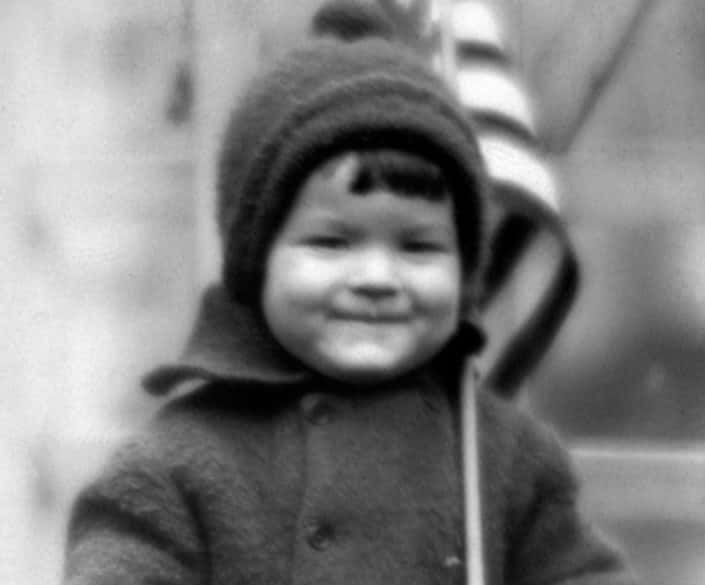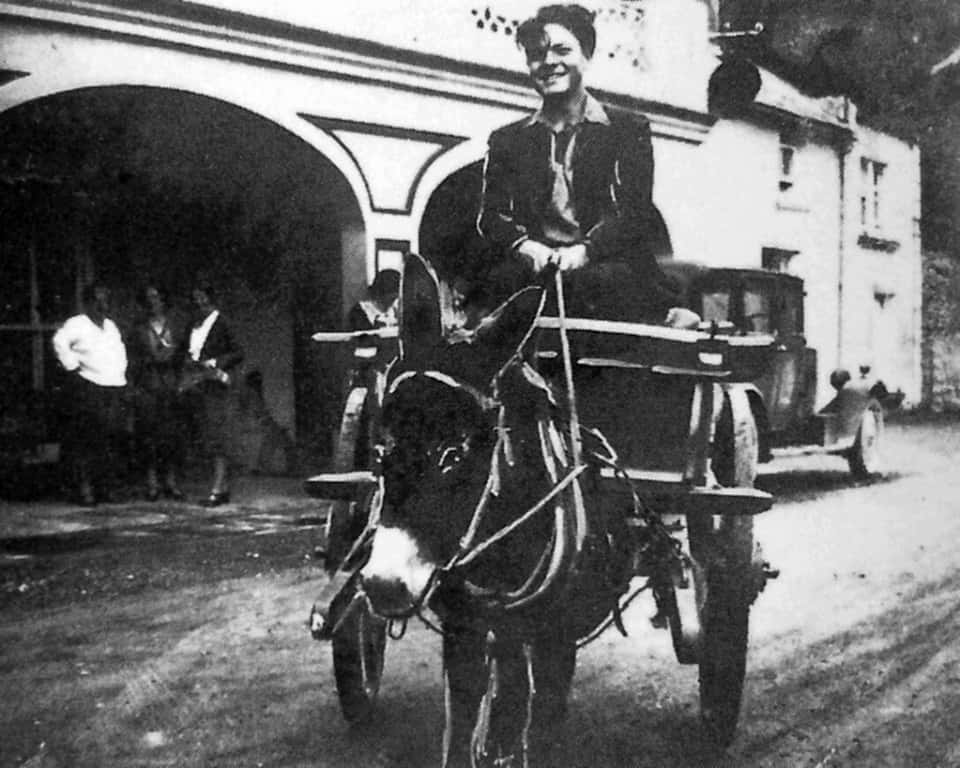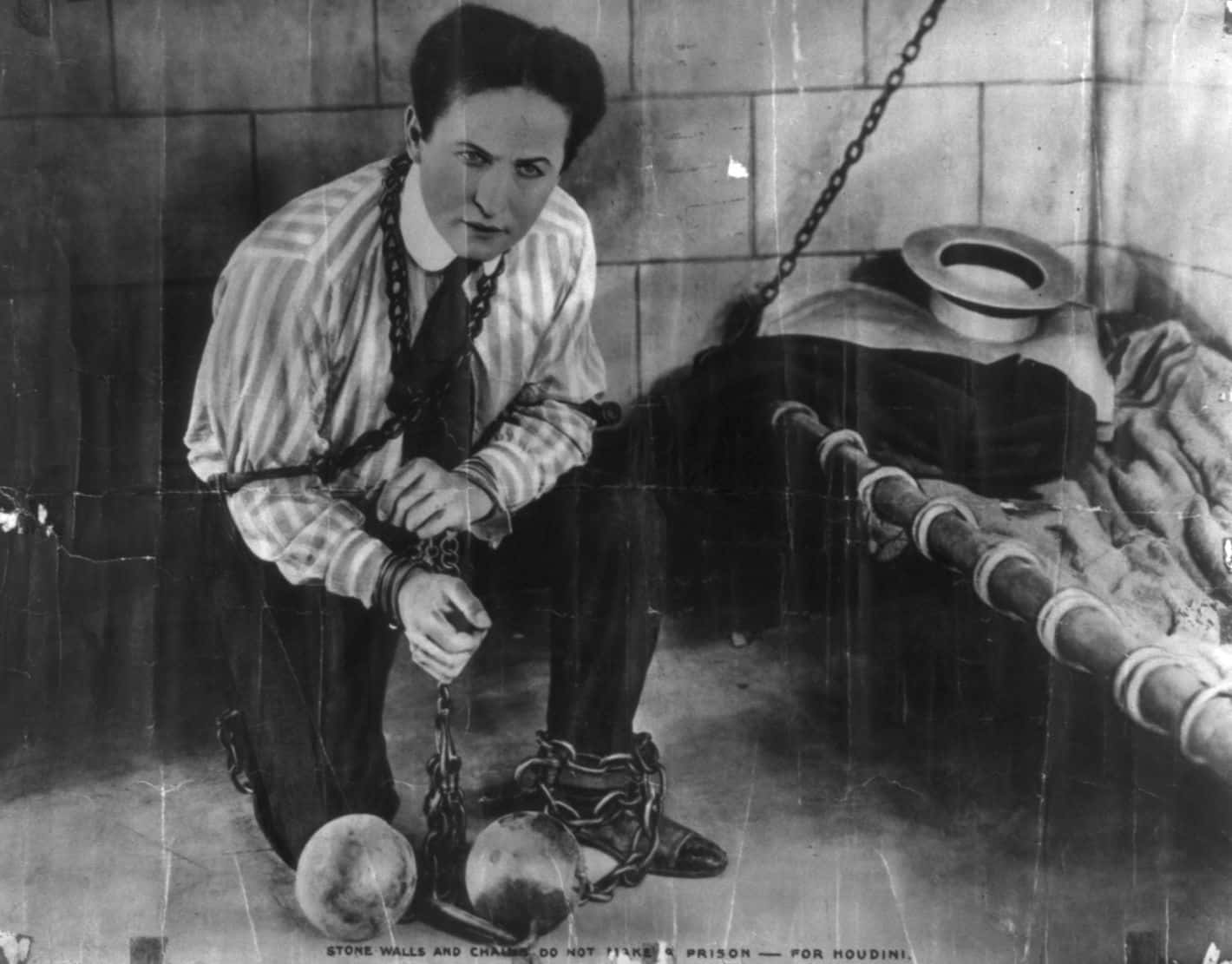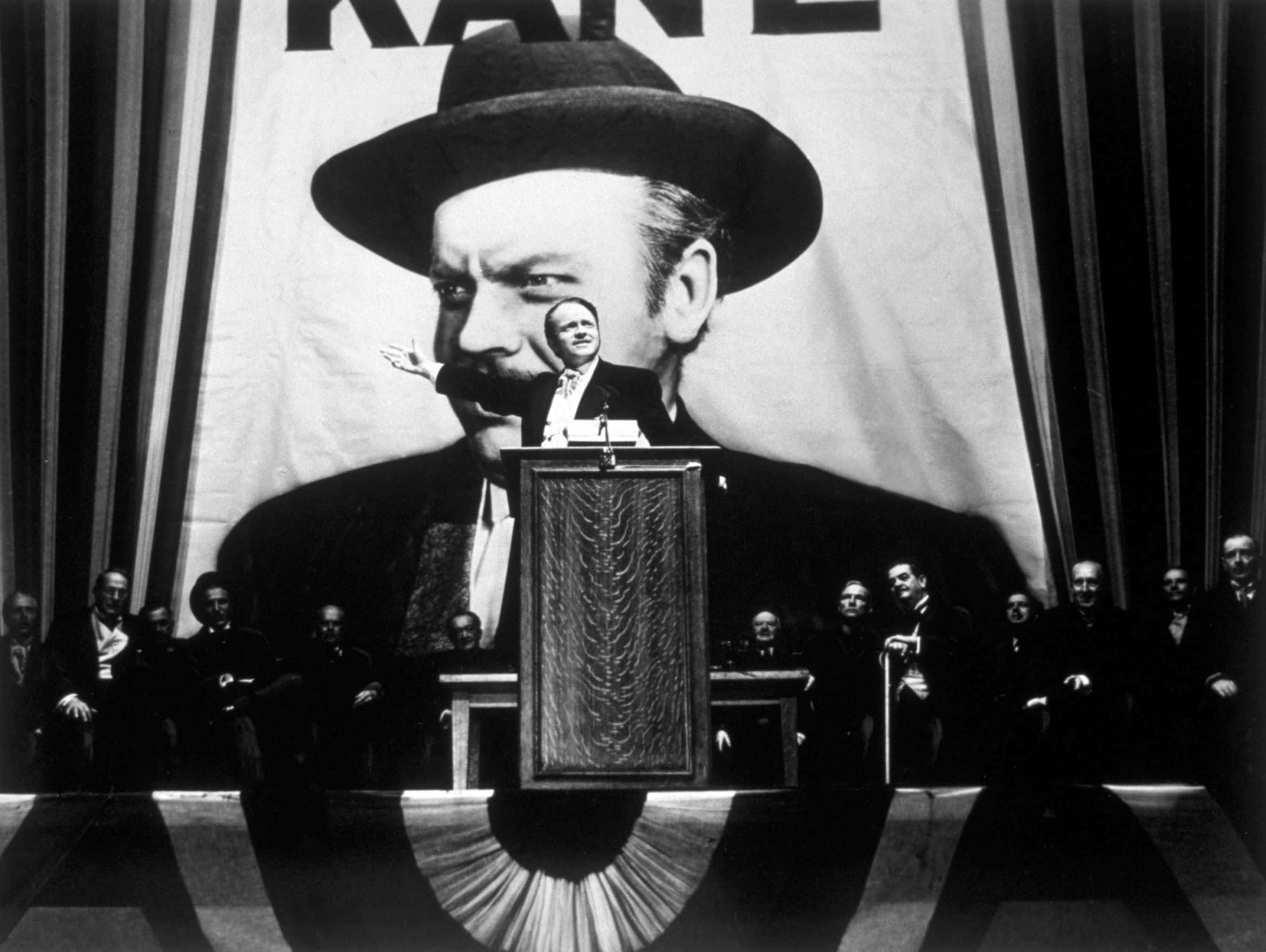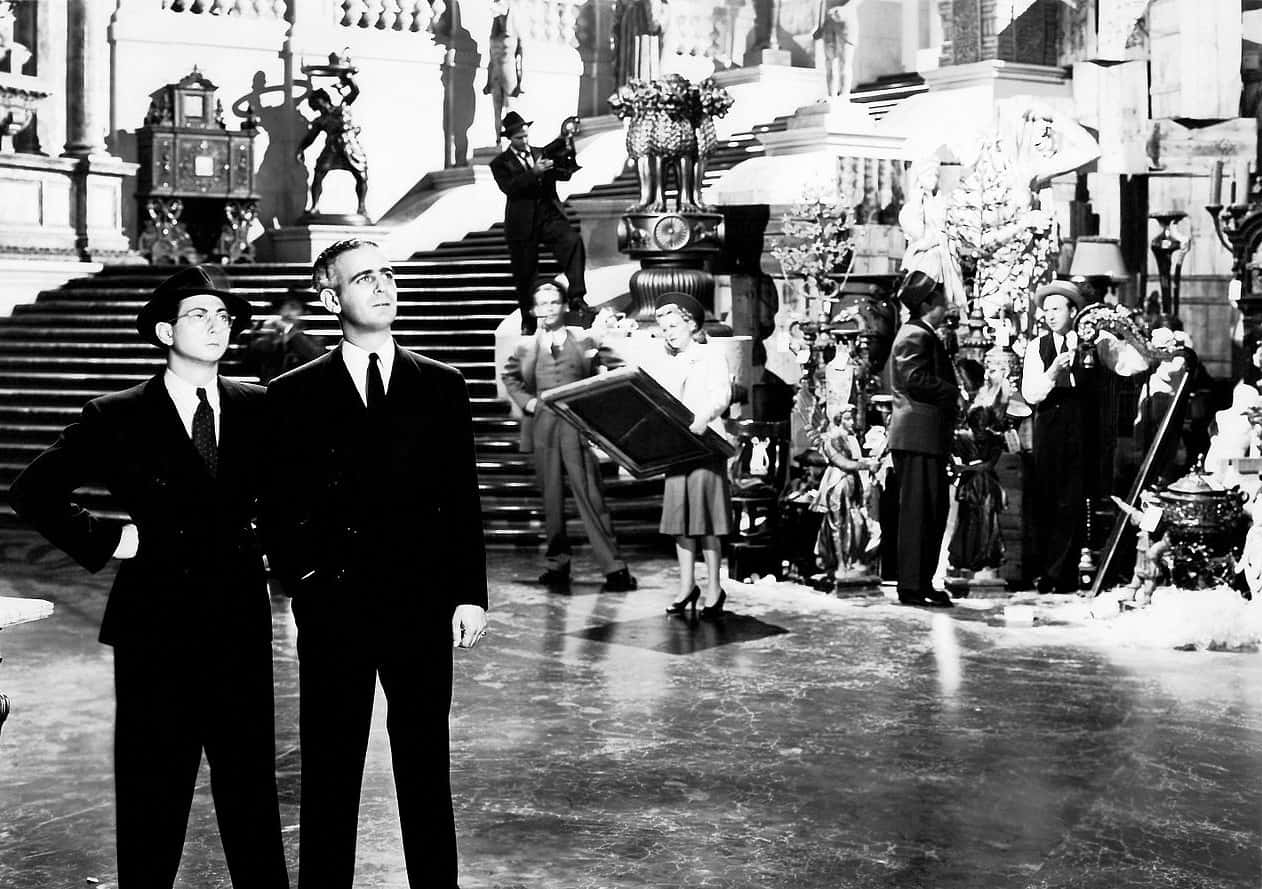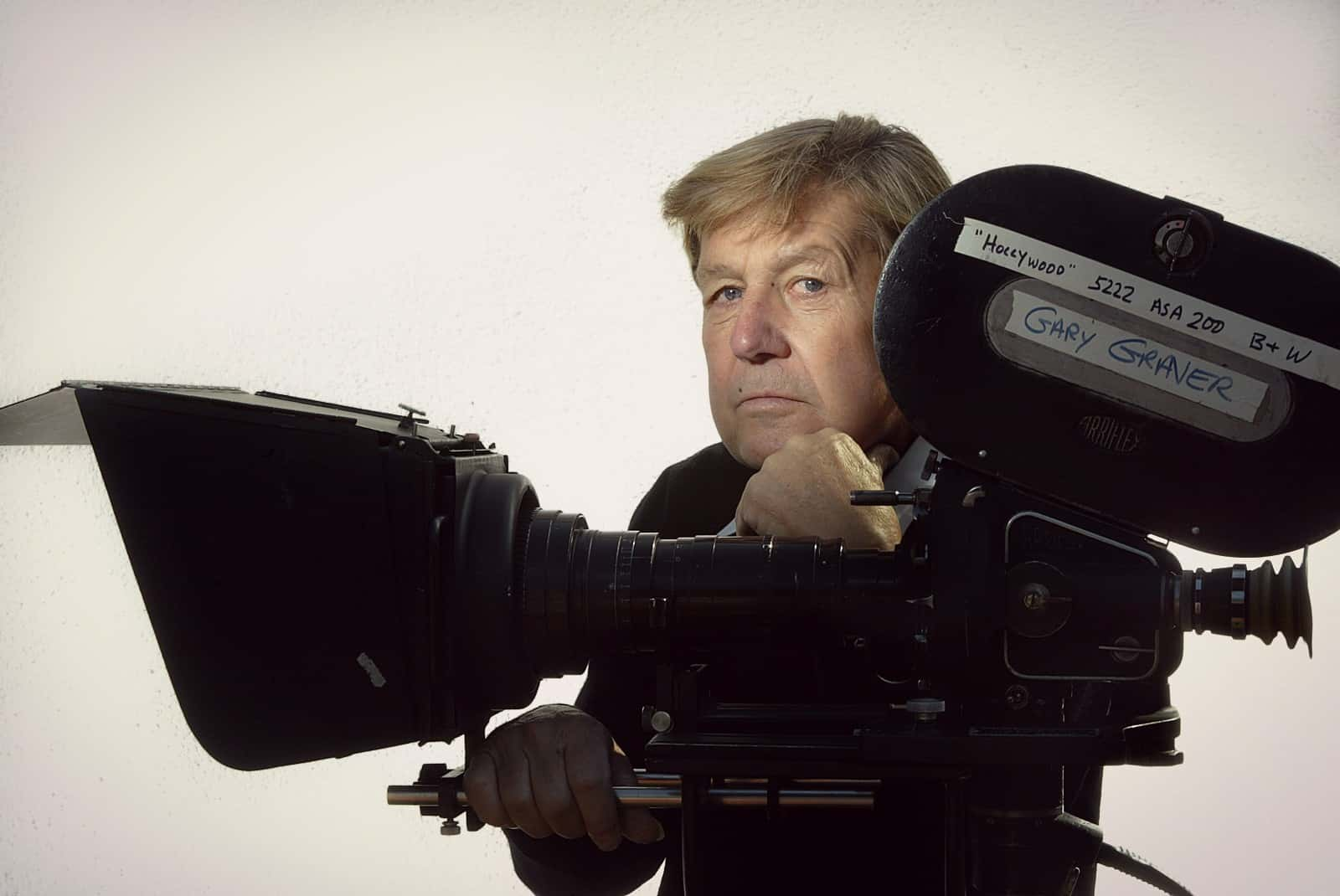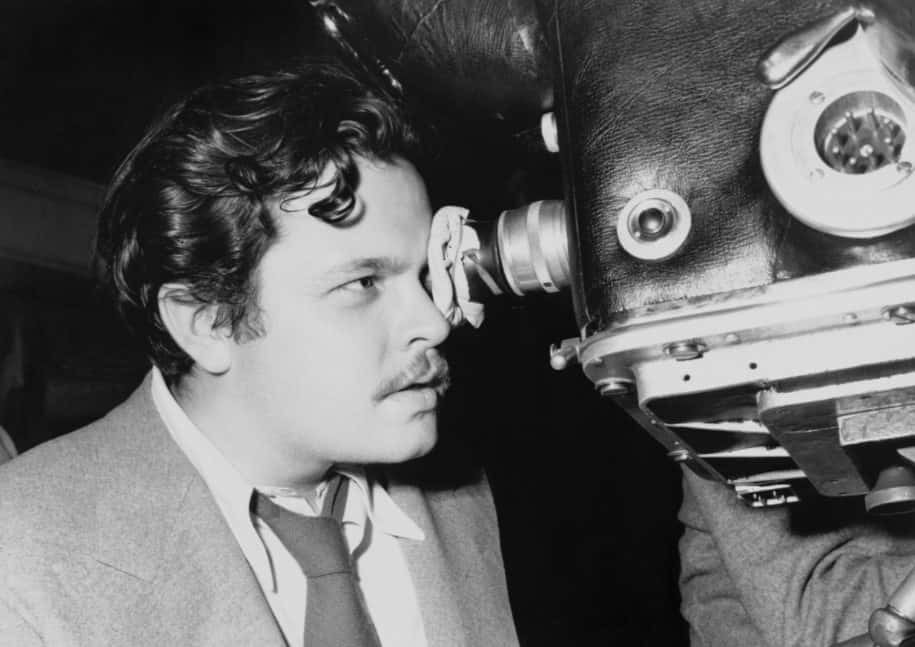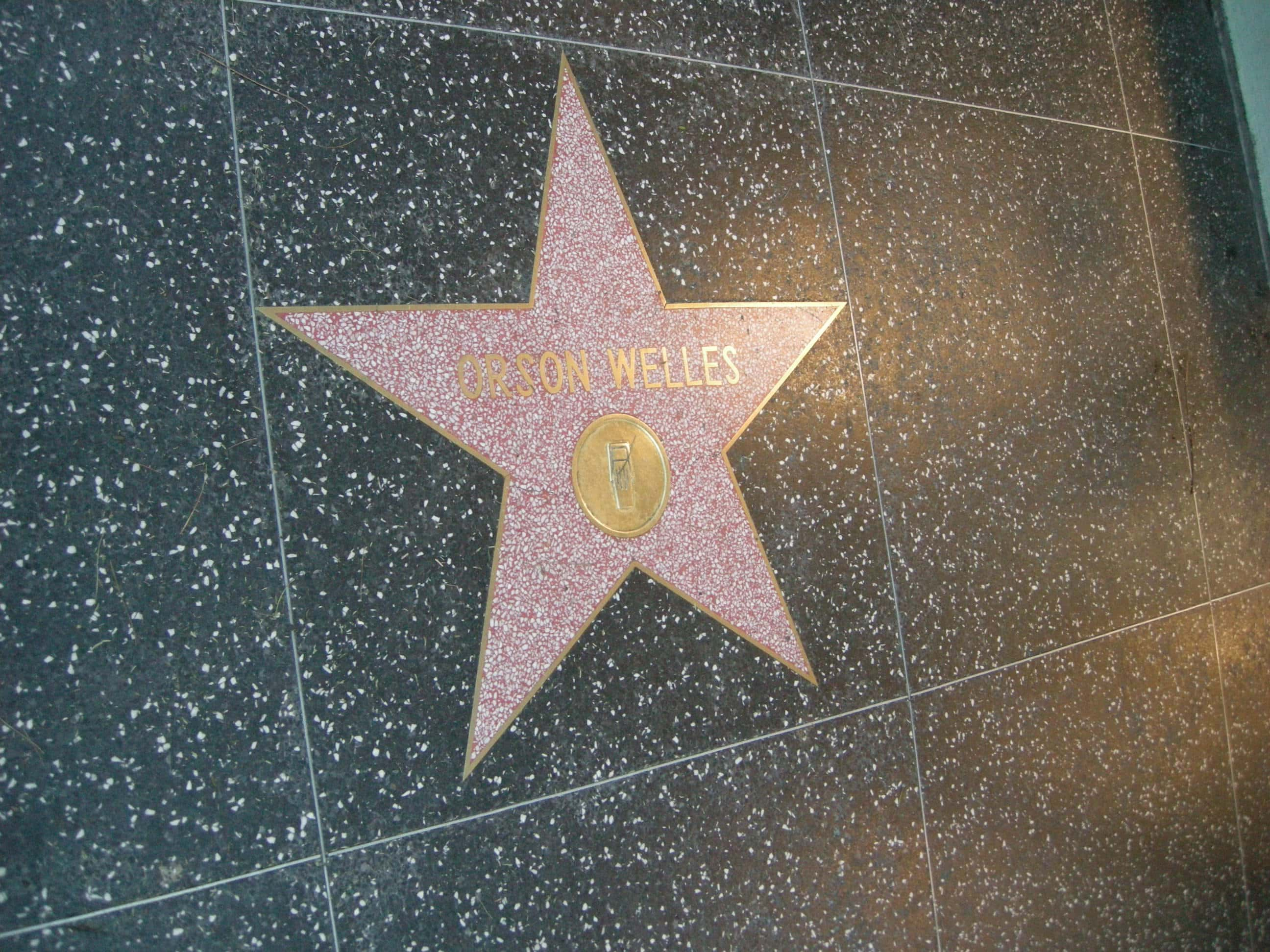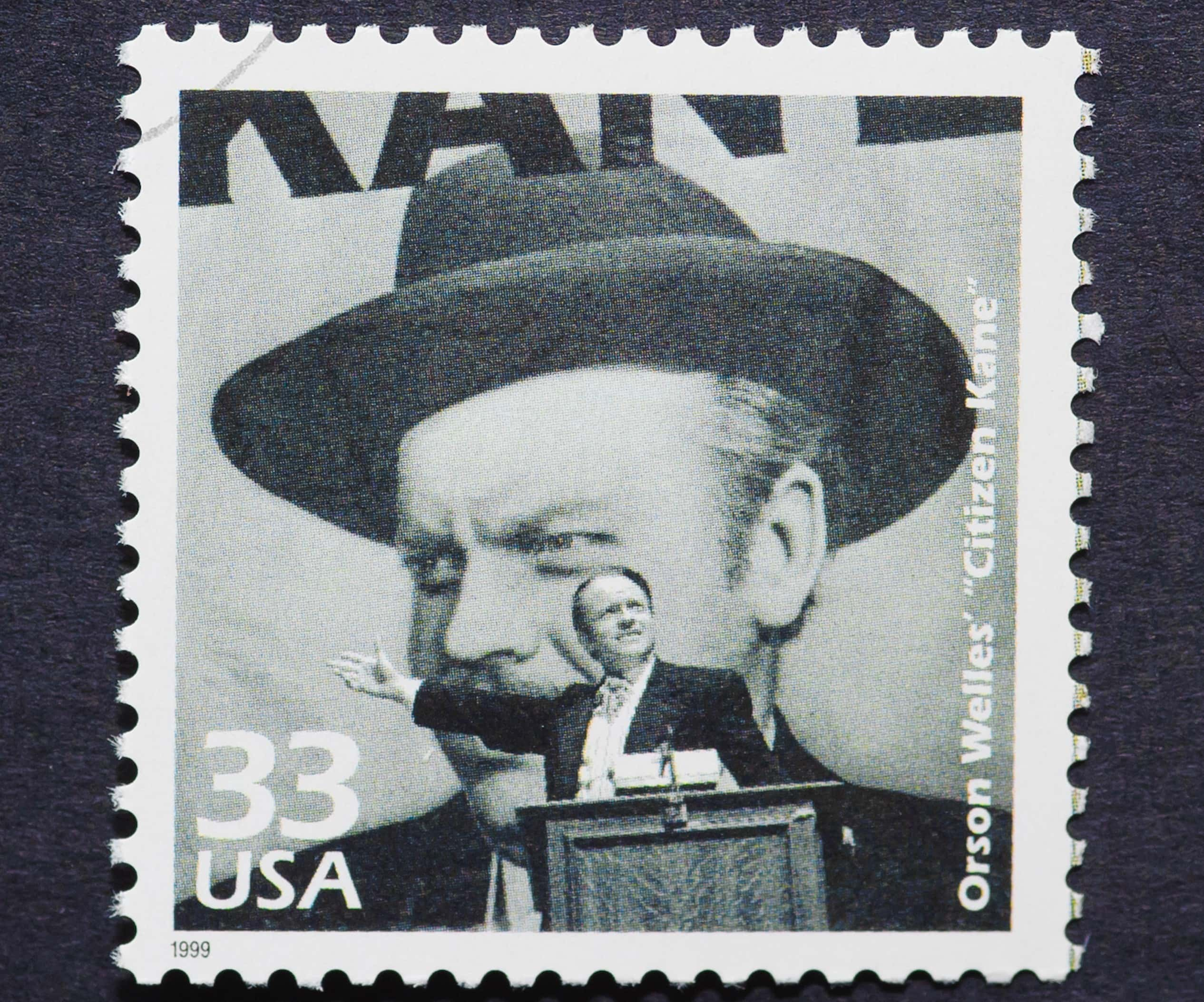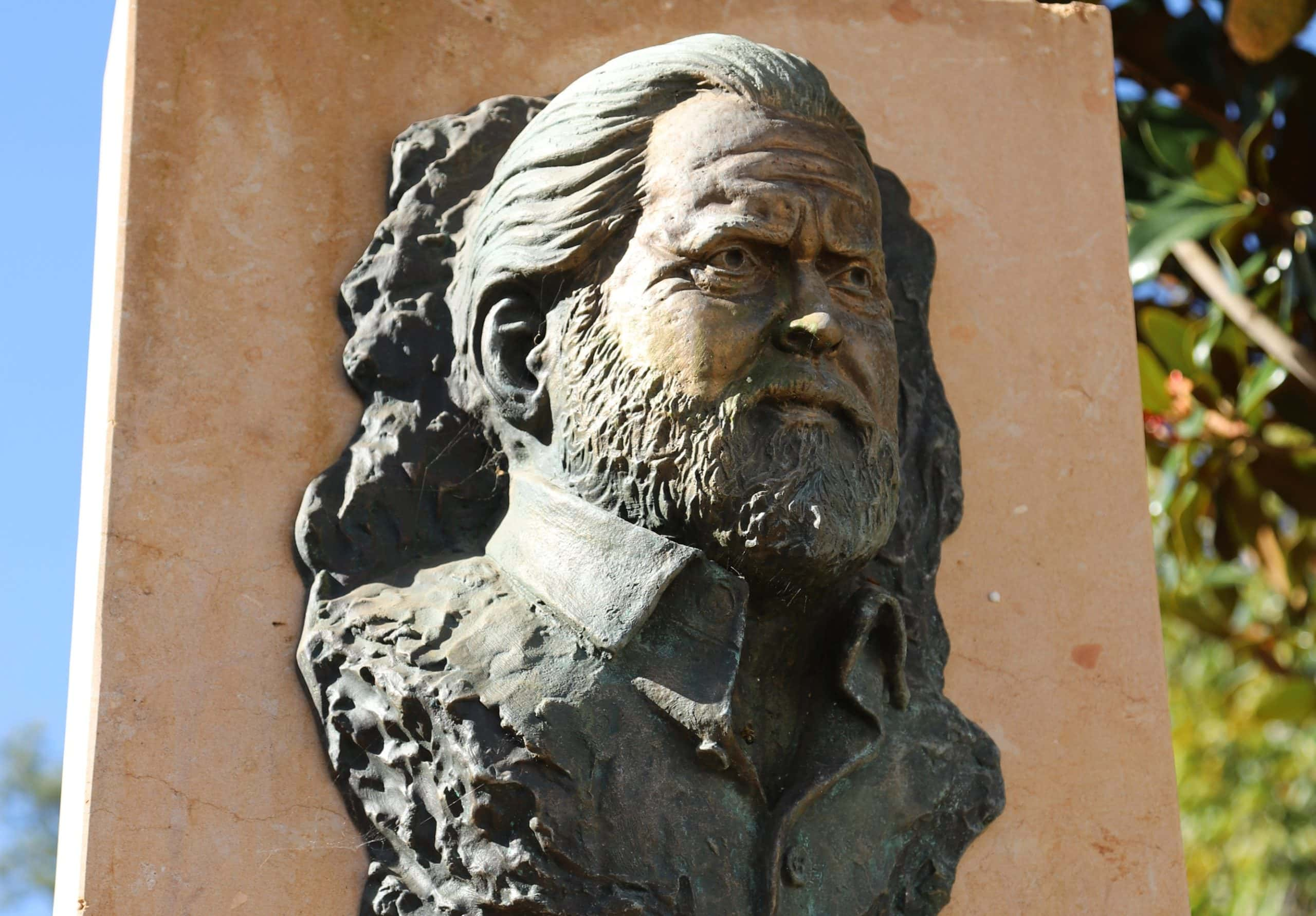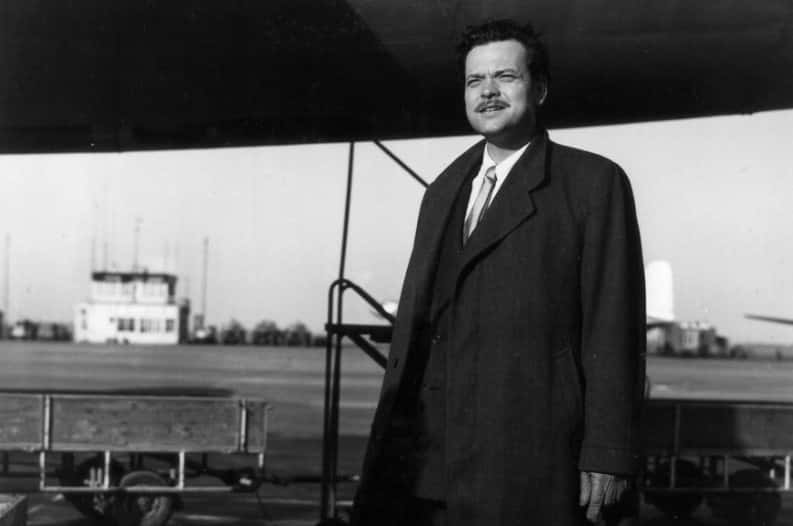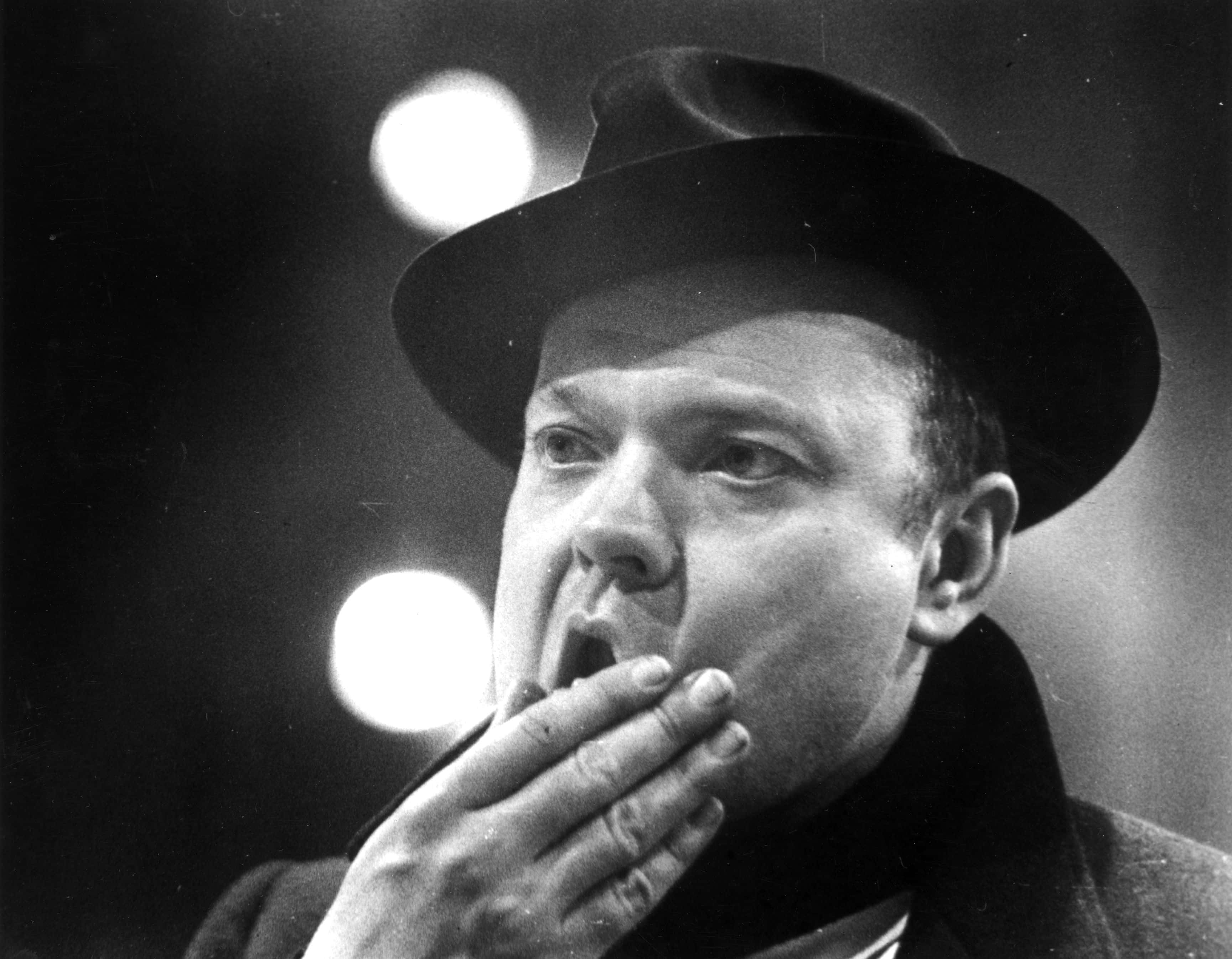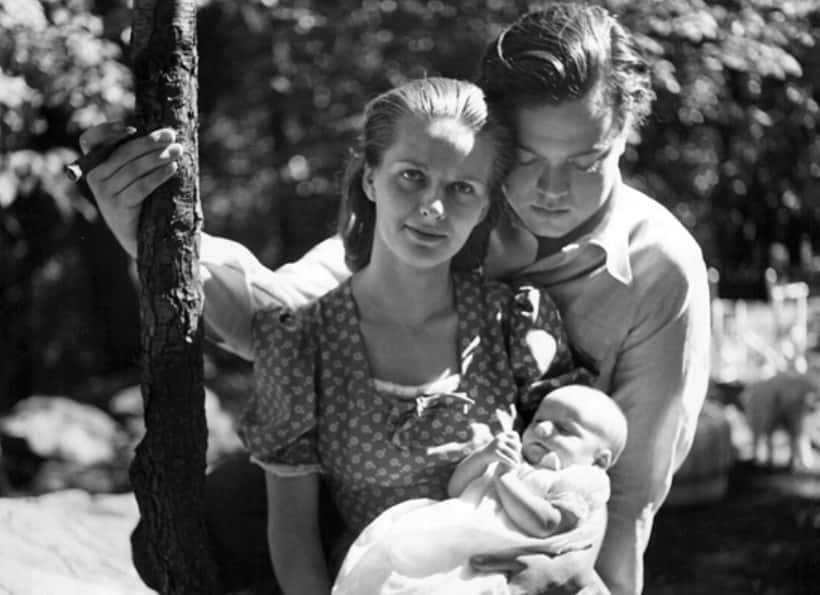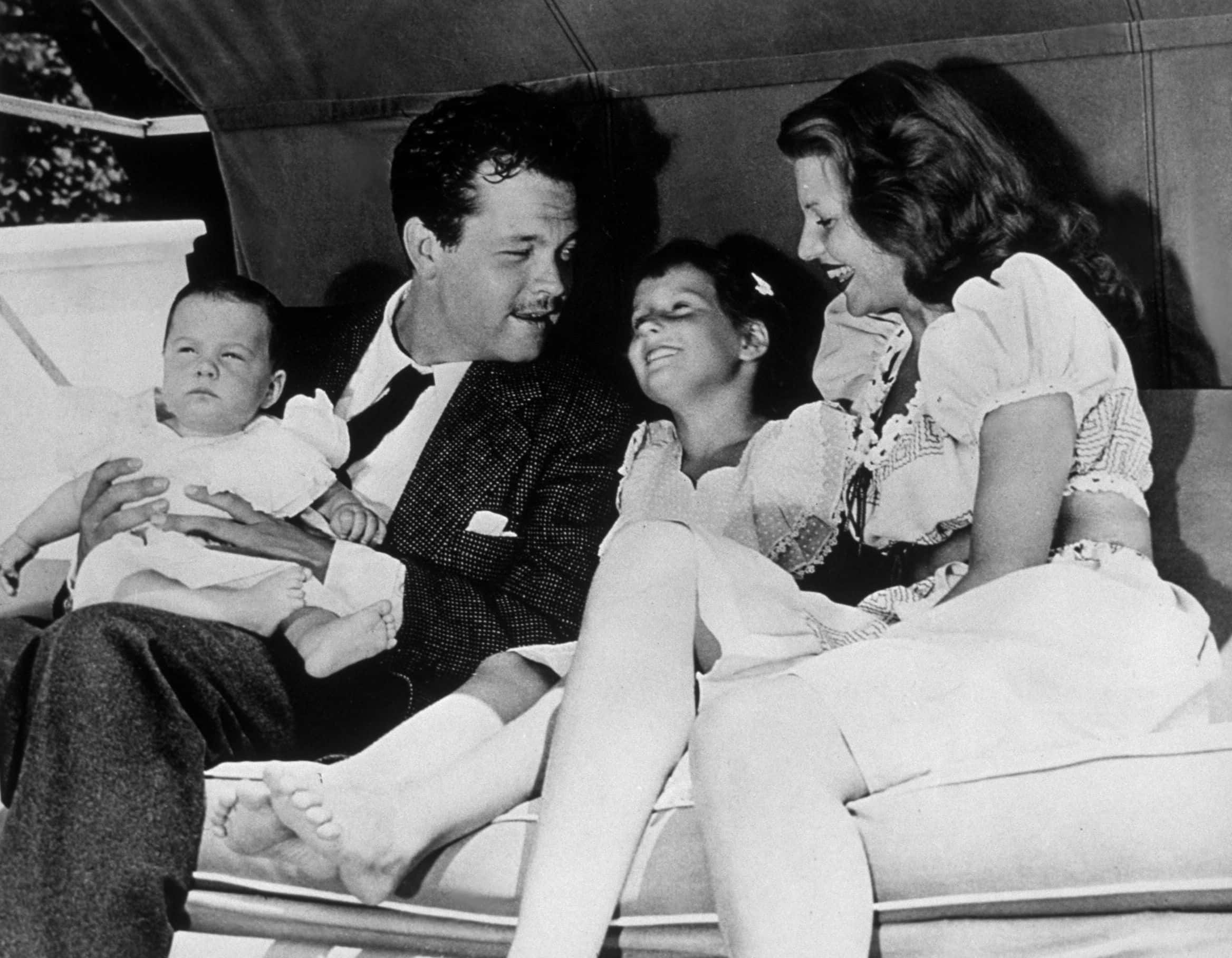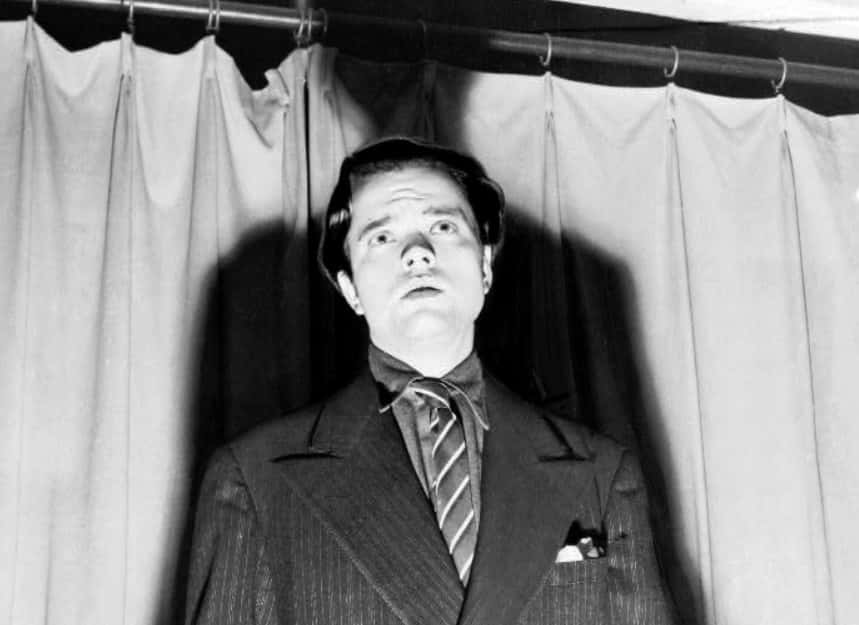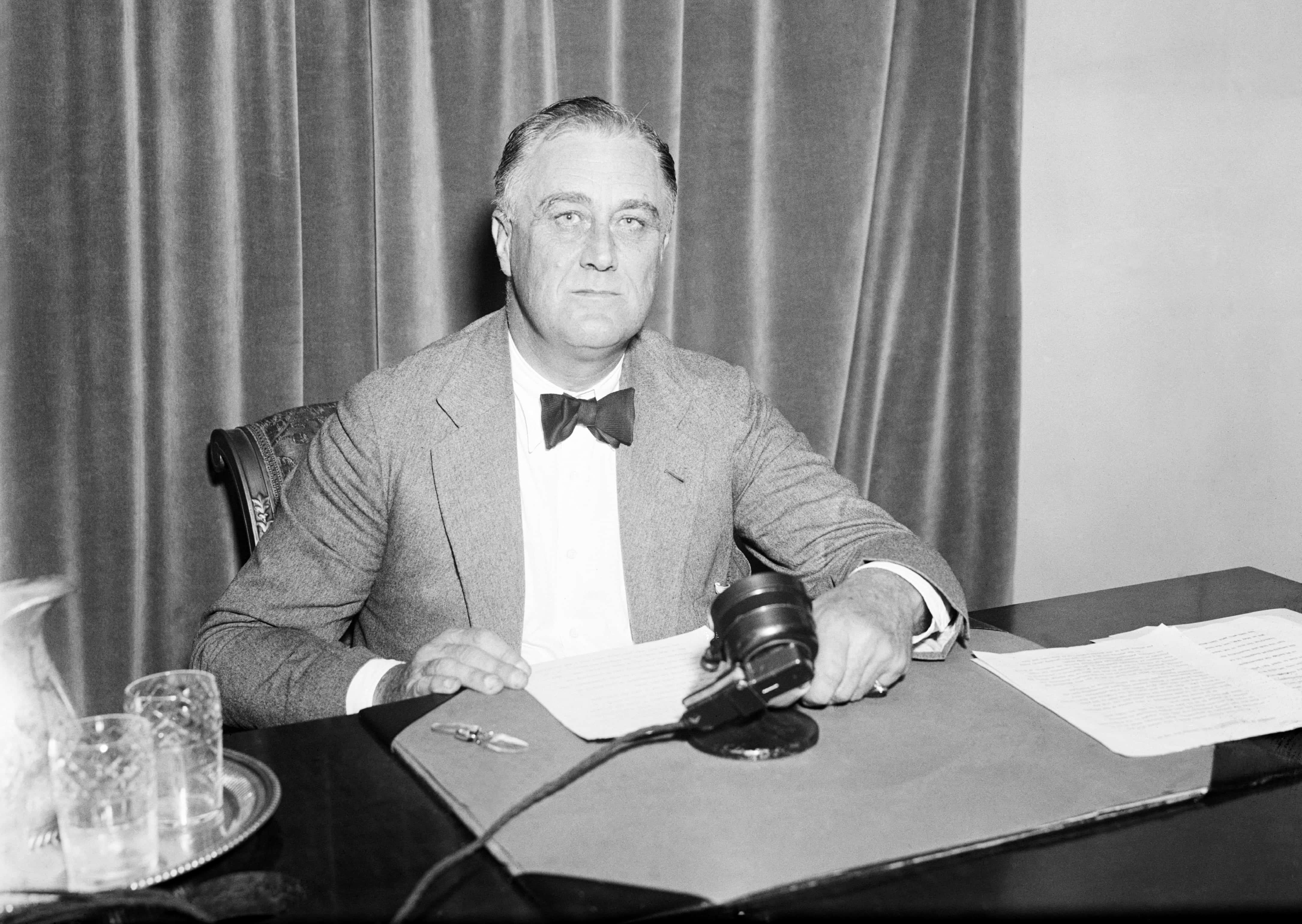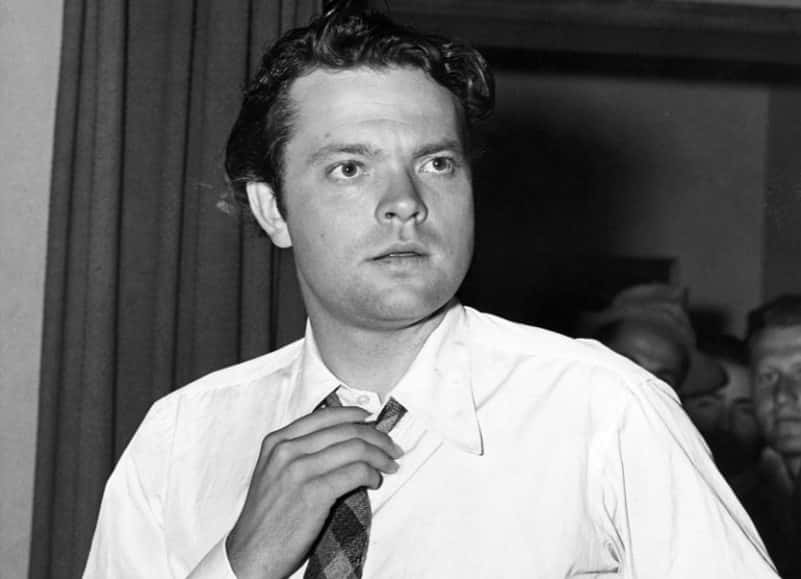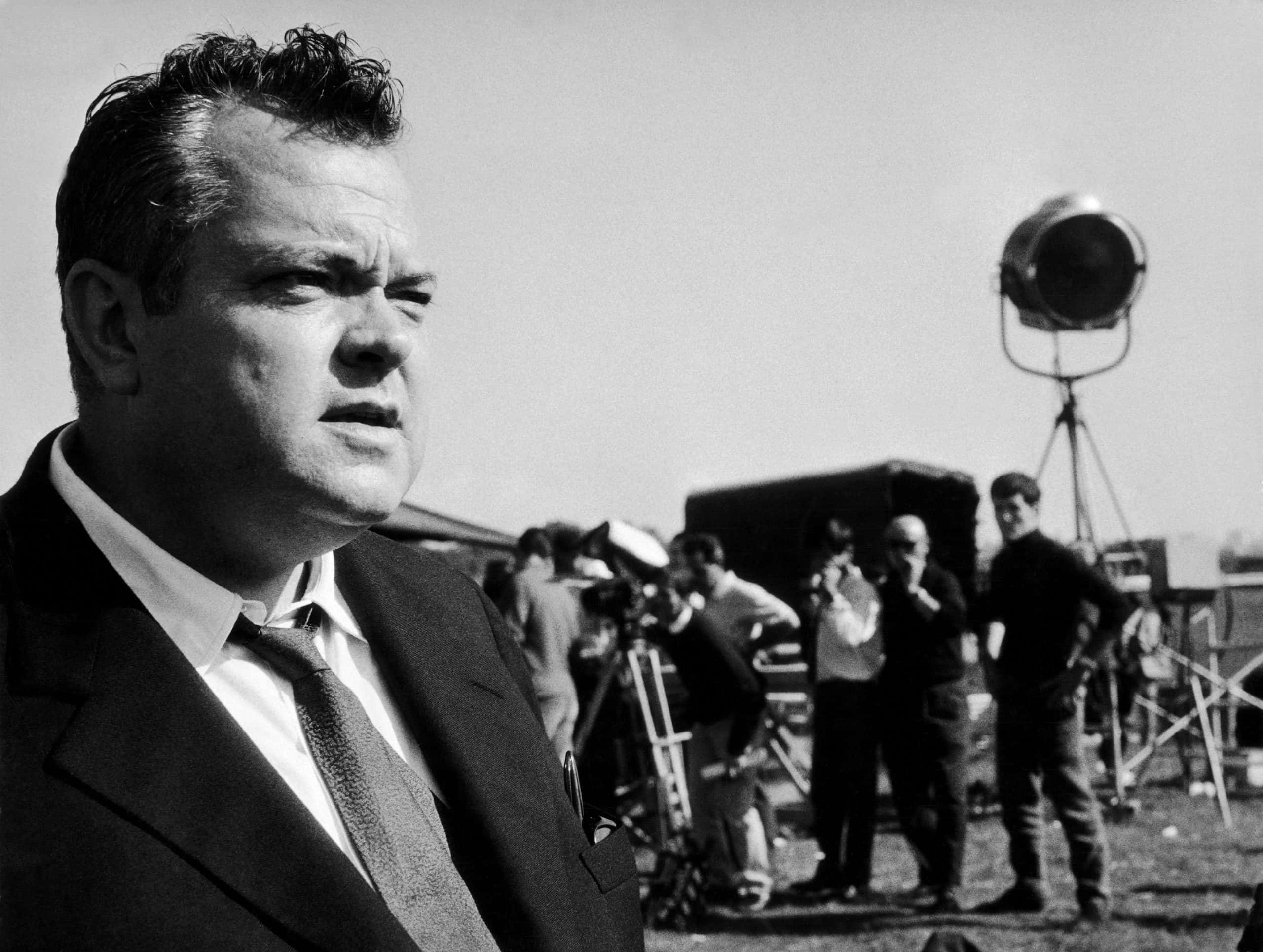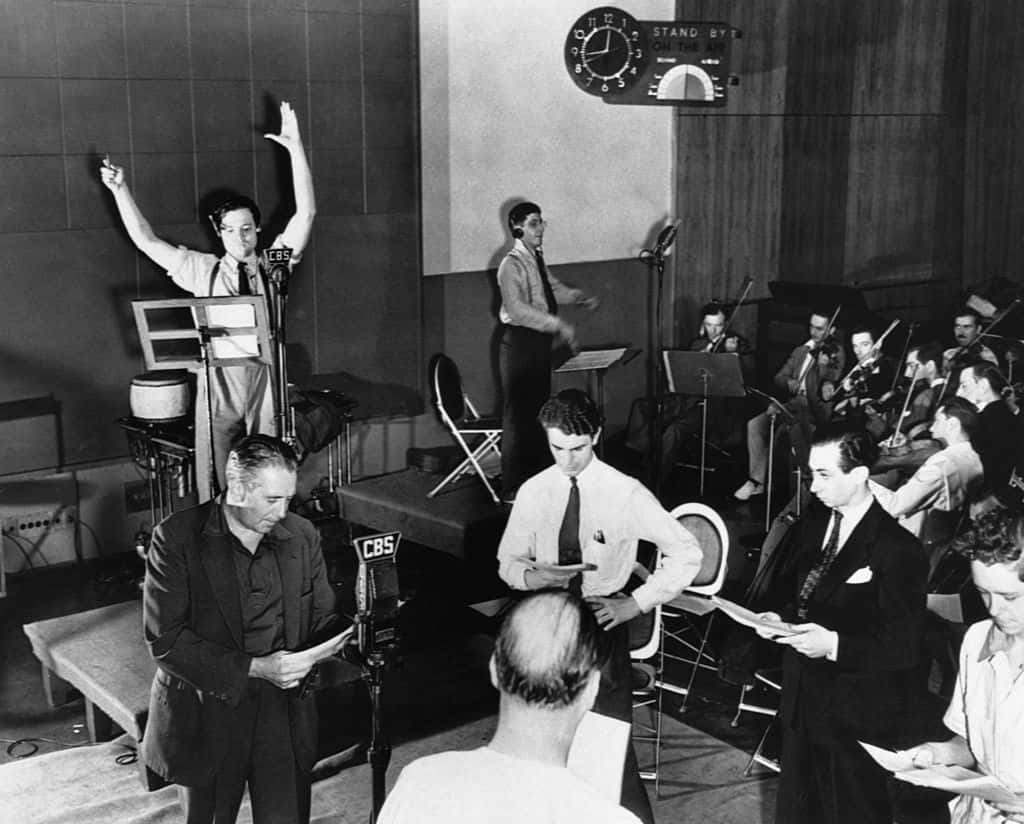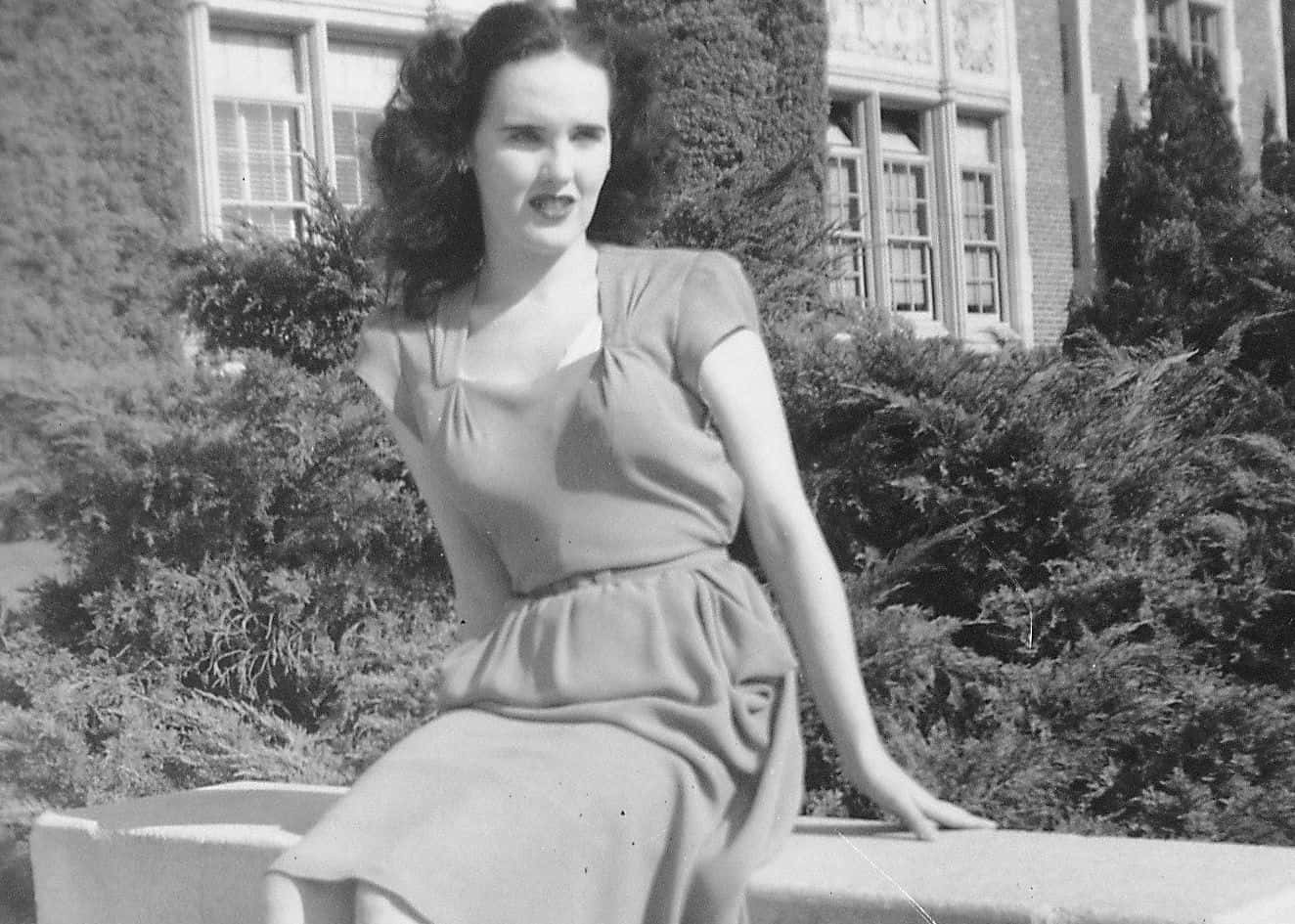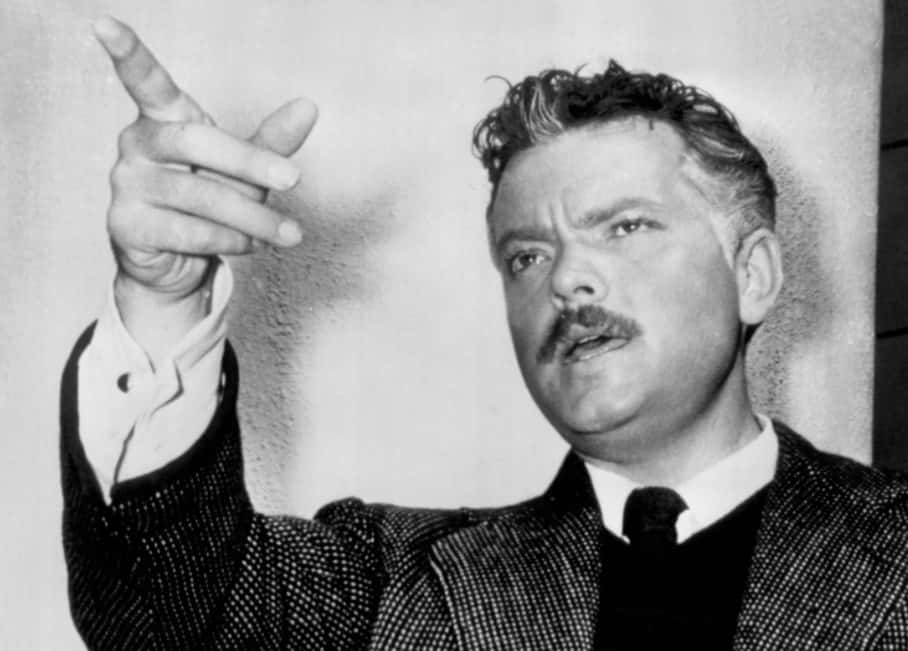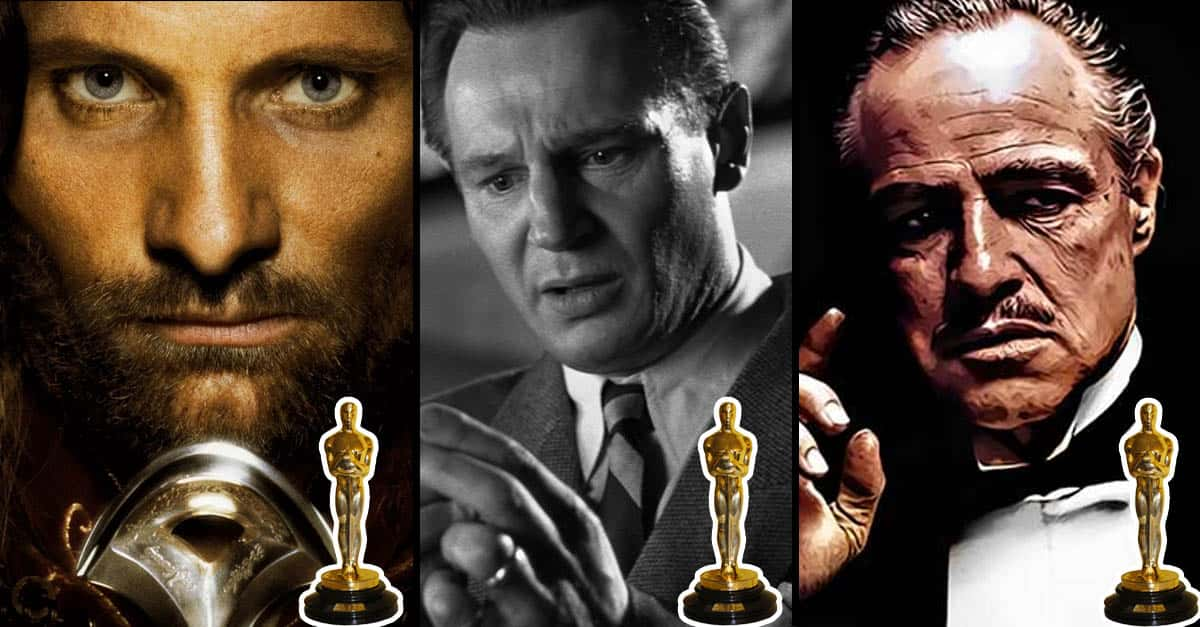“Even if the good old days never existed, the fact that we can conceive such a world is, in fact, an affirmation of the human spirit.”
Perhaps best known for writing, directing, and starring in what is generally referred to as the greatest film of all time, Orson Welles is no slouch when it comes to lifetime achievements. Who else could incite one of the most infamous cases of mass hysteria with just his commanding voice? After a childhood spent sick and bedridden, he went on to become one of the most in-demand men in Hollywood in his time, and is remembered for his rare talent and distinctive style. Here are 42 remarkable facts about Orson Welles.
Orson Welles Facts
42. When He Was Young
Welles was born in 1915 to an inventor father and a pianist mother. Sadly, his mother passed when he was just nine years old, with his father passing six years later. Welles must have picked up some of his mother’s talent, as he also could play the piano. Family friend Dr. Maurice Bernstein took him in when he became orphaned and, recognizing his talents, enrolled him in the Todd School in Illinois where Welles realized his interest in theater.
41. When Welles Wasn’t Well
When Welles was a child, he suffered from a number of ailments. Malaria, measles, whooping cough, diphtheria, asthma and sinus headaches were all among them. He also suffered from backaches that were found to be caused by congenital anomalies in the spine. If all that wasn’t enough, he also had flat feet, which led to problems with his feet and ankles. He spent much of his childhood bedridden.
40. Little White Lie
His father had left him a small inheritance after his death, and, following his time at the Todd School, he traveled to Europe. He wound up in Dublin, where he lied to a theatre manager, saying he was a Broadway star. He would be, in a few years, but at the time, his statement wasn’t quite true. Welles actually hadn’t acted in any production ever. He was given a chance after proving himself worthy during an audition, but Ireland sent him packing when they denied him a work permit a year later.
39. Those Who Don’t Believe in Magic Will Never See It
He was also talented at painting and at performing magic tricks. He was a member of both the International Brotherhood of Magicians and the Society of American Magicians, practicing and keeping magic in his back pocket on the off chance his acting career turned sour. He received much praise from other magicians and would sometimes perform at each group’s annual conventions.
38. It Doesn’t Run in the Family
Welles liked to tell a tall tale stating that he was related to Gideon Welles, Secretary of the Navy to Abraham Lincoln—except he wasn’t. Going back into his father’s genealogy, you can see that he was not, in fact, a descendant. It was a good try though—what better American to align yourself with than Lincoln?
37. Who Wants to See a Trick?
Maybe you’re wondering where he learned magic from? The one and only Harry Houdini, of course—who else? Legend meets legend. Houdini taught him his first tricks when Welles was still quite young. He would eventually graduate from your basic sleight-of-hand tricks to sawing a person in half. During the Second World War, he went over to Europe to help entertain the troops, bringing along star Marlene Dietrich to saw in two. I’m sure they preferred her in one piece but appreciated the effort nonetheless.
36. Be Patient ‘Till the Last
Welles portrayed Brutus in a unique retelling of William Shakespeare’s Julius Caesar. The 1937 Broadway play turned the story around so that, although the text was all the same, it was set in Fascist Rome instead. This version of the play became the longest running version in Broadway history.
35. To Be or Not To Be
Welles had a history with Shakespearean plays. At just 19, he debuted on Broadway in Romeo and Juliet, where he was cast as Tybalt. Two years later, he directed Macbeth, which featured a cast that was all black.
34. Luke, He Is Not Your Father
Welles was originally thought of for the role of Darth Vader in the 1977 Star Wars film. Although George Lucas had him pegged as his number one choice, he also knew that Welles’ voice was too familiar for audiences. Instead, Welles narrated the trailers.
33. Not All Bad Press is Good Press
Although it wasn’t the biggest of hits at the time of its release, Citizen Kane has gone on to become recognized as one of the greatest films ever—if not the greatest. Welles portrayed a fictionalized version of a real-life publishing tycoon, William Randolph Hearst. Hearst himself was quite livid at the film and he wouldn’t even allow any mention of it in his newspapers. His anger and refusal to publicize the film in his papers drove people away from seeing the film, which resulted in poor attendance at the box office.
32. Hit and Miss
Despite Citizen Kane being a box-office bomb, it garnered nine Academy Award nominations, winning for best screenplay. Welles not only starred in the film, but also co-wrote, directed and produced it, and was recognized for new techniques he used while making the film. Contrived by Welles for Kane, techniques like deep-focus technology, low shots with the camera, and the story being told from more than one point of view are now commonplace in film.
31. Will That Be Cash, Cheque or Trophy?
That single Oscar that Citizen Kane won ended up in the hands of Gary Graver. Who is he, you’re asking? Graver was the cinematographer for Welles’ film The Other Side of the Wind. Welles couldn’t afford to pay Graver, so he gave him the cherished Academy Award instead.
30. What’s It Worth?
Decades later, Graver tried selling that award. Welles’ youngest daughter Beatrice found out and took offense. That was in 1994. In 2011, the award did sell—for $861,000 at auction.
29. Goodbye, Hollywood
Welles had a bit of a falling out with Hollywood. After the release of Citizen Kane, he began work on The Magnificent Ambersons. The studio, RKO, changed the ending of the film, which infuriated Welles. Their fight became public, and RKO spread stories that Welles as difficult. He stayed in Hollywood for a few more years but then left, going into a “self-imposed” exile from the industry.
28. Marks of Distinction
Despite Welles’ bitter relationship with Hollywood, he received two stars on the Hollywood Walk of Fame and two other honors late in his life. He was awarded the Lifetime Achievement Award from the American Film Institute in 1975 and was given the Director’s Guild of America’s highest honor—the D.W. Griffith Award—the same year he died.
27. No Stamp of Approval
Although he was portrayed on a US stamp in 1999, by way of a scene from Citizen Kane, he has never had his own proper stamp. There was a petition sent to the US Postal Service in 2015, 100 years after Welles was born, but thus far, a stamp has never been printed in honor of the director.
26. (Not) In Living Color
Welles was a fan of black and white filmmaking. He believed the viewer could appreciate more of the feelings and emotions the actor was experiencing, without being distracted by their looks or what they were wearing.
25. Don’t Think, Just Eat
You know those hot dog eating contests that are held at state fairs? Welles would have nailed one. In just one sitting, he ate 18 hot dogs he bought from a hot dog stand in Los Angeles named Pinks. There's no way that doesn't give you an upset stomach after.
24. Final, Floral Resting Place
Welles died of a heart attack on October 10, 1985. He isn’t buried in a cemetery, though. His ashes were instead buried inside a flower-covered well on the Spanish property of bullfighter Antonio Ordóñez, who has since passed away.
23. May Death Come Swiftly
His death came within hours of an interview on The Merv Griffin Show. It’s been said that when Welles died, he was working on notes for a shooting session scheduled for the next day and had a typewriter on his lap.
22. That Dinner Will Do It
His weight gain over the years is something that became pretty obvious—especially when his weight climbed over 400lbs. Part of the reason he gained so much was likely because of his dinners—two steaks, cooked rare, every night, along with a nice glass of scotch. He was once quoted as saying, “My doctor told me to stop having intimate dinners for four. Unless there are three other people.” Whether that’s true or not, at least he saw the humor in things.
21. Towering Over Everyone
There’s much debate over how tall Welles was. Two biographers have said that he was 6’2” tall, but didn’t say who their source for that was. A copy of a physical from 1941 indicated he was only 6’ tall. Yet another biography lists his height over 6’3” tall. Though we don’t know for sure how tall he actually was, I think we can all agree that he was, indeed, pretty tall.
20. Nothing Small About Him
One biographer, Barton Whaley, summed up Welles in a nutshell: “crash diets, drugs, and corsets had slimmed him for his early film roles,” he said, "then always back to gargantuan consumption of high-caloric food and booze. By summer 1949, when he was 34, his weight had crept up to a stout 230 pounds. In 1953, he ballooned from 250 to 275 pounds. After 1960, he remained permanently obese.” And to think, when Welles was only 13 years old, he was already over six feet tall and weighed close to 200lbs. He was destined to be larger than life in all senses of the world.
19. Not Exactly Sketch Comedy
If you’ve ever wanted to watch a TV show where all someone does is draw but you’re not a fan of Bob Ross’s soft voice, you’re in luck. Welles hosted six shows for the BBC, all 15 minutes in length, which showed him drawing in his sketchbook. By way of those sketches, he recalled his times on and off camera, telling stories about filming movies like It’s All True. It’s pretty neat, if you’re into that kind of thing.
18. What’s a Unicron?
Welles voiced the character of Unicron in Transformers: The Movie, which was released shortly after his death. The role didn’t seem to leave a lasting impression on him, though. Of the experience, he said, “I play a big toy who attacks a bunch of smaller toys.” Apparently, he couldn’t even remember his character’s name.
17. Find a Little Love in the Heart
It seems as though Welles had a lot of love to go around. He had four children with four different women. He was married to three of the women, and the fourth? Well, she was married to someone else at the time.
16. Love and Marriage (and Divorce)
One of his wives was movie star Rita Hayworth. Though their marriage only lasted four years, Welles only had good things to say about the actress, saying she was “one of the dearest and sweetest women that ever lived.” He went on to say that he “was lucky enough to have been with her longer than any of the other men in her life.”
15. Honesty is the Best Policy, Right?
Welles took a polite approach when it came to religion—he didn’t talk to much about it, once saying it wasn’t anyone’s business. A few years before his death, during an interview with Merv Griffin, Welles did give some indication to where he stood on the topic, saying, “I try to be a Christian. I don't pray really, because I don't want to bore God.” Later on, he would tell a friend that he was atheist.
14. Family Ties
One of Welles’ paternal ancestors was actually a leader in a Pennsylvanian Quaker community by the name of Richard Wells, and one of the earliest known ancestors on his mother’s side, John Alden, came over on the Mayflower.
13. High Praise
Along with John Houseman, a director with New York’s Negro Theatre Unit, Welles established the Mercury Theatre. Welles became executive producer at the theatre and earned praise from the actors he and Houseman employed. One actor, Norman Lloyd, said of Welles, “When you saw a Welles production, you saw the text had been affected, the staging was remarkable, the sets were unusual, music, sound, lighting, a totality of everything. We had not had such a man in our theater. He was the first and remains the greatest.”
12. Pals in Presidential Places
Welles had a fairly close relationship with President Franklin D. Roosevelt. The US Treasury department had Welles on their payroll as of May 15, 1944, and Roosevelt and Henry Morgenthau, Secretary of Treasury, convinced Welles to help encourage Americans to donate to the war funds. He obliged, earning the government over $16 million in bonds to help the battle in Normandy. Further loan drives by Welles earned the government an additional $20 million in bonds.
11. Living Out of a Suitcase
While Welles preferred to keep religion out of the conversation, he didn’t take the same approach to politics. In the fall of 1944, Welles campaigned for Roosevelt’s continued presidency, even funding his own way along the tour stops and visiting almost every state. In addition to speaking at Fenway Park in Boston to some 40,000 people on Roosevelt’s last campaign stop, he also broadcasted live across four networks the night before the election to garner support.
10. Friend Until the End
When Roosevelt died the following spring, Welles took to the air to talk about his friend and encourage Americans to keep going. “He has no need for homage and we who loved him have no time for tears,” Welles said. “Our fighting sons and brothers cannot pause tonight to mark the death of him whose name will be given to the age we live in.”
9. The Same but Different
A number of times, Roosevelt told Welles he should run for Senate in California or Wisconsin. Welles also recollected a conversation he had with the President, where Roosevelt said, “Orson, you and I are the two greatest actors alive today.” That comment, Welles said, was “tongue-in-cheek,” but we’ll let you decide.
8. Don’t Try This at Home
If Welles lived today, he would probably have multiple podcasts. Why, you may ask? Well, he had multiple radio shows in New York in the 1930s, all going on at different times of the day and at multiple locations. He was constantly showing up late for these shows because he had to take cabs from station to station through NYC traffic. Luckily, where there’s a problem, there’s a solution, especially when you’re Orson Welles. He discovered that a person did not need to be sick in order to travel in an ambulance, so he took advantage of that. He’d call for one and have them put the sirens on to get through traffic quicker.
7. Travel and Talk
The BBC also had him host another set of six shows where he traveled around Europe, interviewing, adding his own commentary and talking about his own observations, along with the facts.
6. Welles and Wells
Shortly after Welles’ legendary radio broadcast of H.G. Wells’ short story, The War of the Worlds, the two similarly-named men met briefly. Wells the writer was driving through San Antonio, Texas, when he had to stop and ask for directions. The person that he asked was none other than Orson Welles. They got along pretty well and spent the rest of the day hanging out. The radio broadcast had happened recently before that, so maybe they talked about that? Or perhaps the intense reaction the public had when it aired…
5. Mars Attacks!
There’s actually an interesting story that goes along with Welles’ reading of The War of the Worlds. Welles changed up the locations a bit and made the program more like a news bulletin. Every so often, “eyewitness reports” were played, making it seem like Earth truly was being invaded by Martians. A mass hysteria ensued and lawsuits were filed against Welles and the radio network owned by CBS, but nothing ever came of them. Welles apologized, despite the disclaimer at the beginning of the episode that it was just a retelling of the novel and that no one should panic.
4. Art Imitating Life
One author, Mary Pacios, once suggested that Welles could be a suspect in the murder of actress Elizabeth Short. The case of her unsolved death in Los Angeles in 1947 became known as “The Black Dahlia.” Pacios suggested Welles because of the resemblance of Short’s death to parts of his film The Lady from Shanghai, among other reasons. The scene in the film was cut before it was released, at the request of the studio’s head.
3. Afraid of the Future
He believed in the power of his own trick of fortune telling so much that he thought he might start telling the future for real. The thought of this possibility scared him.
2. Goodwill Welles
Nelson Rockefeller made Welles a goodwill ambassador to Latin America late in 1941. Rockefeller was the US Coordinator of Inter-American Affairs and also appointed other notable names as ambassadors to Latin America, like Hayworth, Bing Crosby and Walt Disney. In addition to spreading diplomacy, Welles was also supposed to gather intelligence for the American government.
1. Note to Self: Make Sure I’m Not Being Recorded
The animated TV show Pinky and the Brain made an episode based on an incident that Welles was involved in. He had been recorded getting into a very heated argument with a recording engineer, and of course, the tape of it made the rounds. The Brain gets to play the part of Welles, though the writers had to omit all of the bad language Welles was heard spewing.


